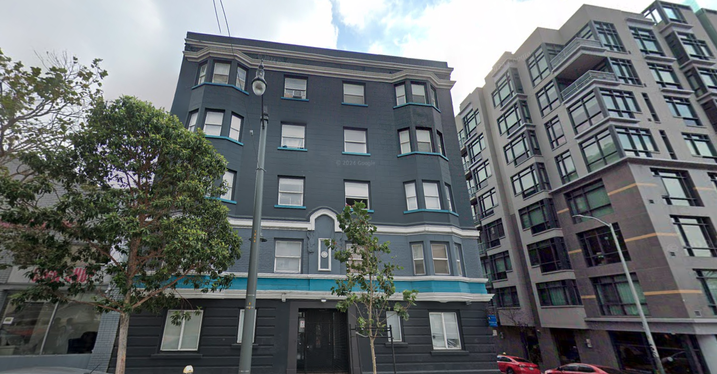Oakland Multifamily Rents Decline Over 10% As Bay Area Recovery Lags
The Bay Area multifamily market continues to face challenges in the form of declining rents and vacillating occupancy rates.
Oakland median rents recorded double-digit declines on a year-over-year basis in March, while San Francisco rents fell nearly 2.7% during the same period, according to a historical analysis of the Bay Area apartment market compiled by Apartment List.
“Over the past four months, we see a modest increase in rents in San Francisco and a modest decrease in Oakland," said Rob Warnock, Senior Research Associate at Apartment List. “But both are in-line with longer-term trends: Relatively flat rent growth in San Francisco, where prices never rebounded fully from the pandemic, And rents in Oakland that continue to trend down slowly.”
Oakland rents tumbled 10.1% to $1,982 per month in March from $2,204 the previous year. That is down 25.1% since the height of the market in October 2018, when rents hit $2,648 per month, Apartment List data shows.
Across the Bay, San Francisco rents were down nearly 2.7% year-over-year to $2,659 in March. However, Apartment List shows steady rent growth on a month-to-month basis from January through March.
Vacancy rates for Oakland apartments increased 50 basis points to 9.3% year-over-year, Apartment List reported. After rebounding in mid-2022, vacancies are now beginning to trend higher, Warnock said. Vacancies spiked higher in Oakland during the pandemic than they did in San Francisco, above 15%, before coming back down a bit. Now they're trending back up slowly, Warnock says, which is applying downward pressure to rents.
Apartment List shows a slight downward trend in vacancy rates in San Francisco. In March 2023, they stood at 5.1% but fell slightly to 4.9% in March.
Patrick Carlisle, chief market analyst at Compass, said that while rents have “bounced back from the pandemic plunge,” demographic shifts must occur in San Francisco for rents to increase meaningfully anytime soon.
“The root cause of the issue is that San Francisco's population has dropped about 7% since 2019, and most of that decline was due to tenants, who either lost their jobs or could now work from home, leaving the city for less-expensive options, leaving empty apartments,” Carlisle said. “Meanwhile, the city's office buildings are half empty. Until this turns around, we’re unlikely to see significant increases in rents.”

Those who remain could find special offers as landlords try to attract people to their properties.
For example, Mosser Cos. provides move-in incentives of up to one month free “depending on a building’s occupancy rate, location and overall renter demand,” said Andrew Silverman, the firm’s chief operating officer. Mosser owns and operates more than 3,500 apartment units in San Francisco, Oakland and Los Angeles.
Carlisle added that apartment rents are still among the highest in any major city nationwide, if not the highest. In spite of falling rents, San Francisco still remains one of the most unaffordable cities in the U.S. The median apartment rent nationwide is $1,388 per month, according to Apartment List. With its $2,659 per month rent, San Francisco is priced 91.6% higher than the rest of the country.
“There are operators still facing high vacancies/turnover who wouldn't consider the market 'recovered' until prices go back up, and there are renters still struggling with cost-of-living that wouldn't consider the market 'recovered' unless prices come down further,” said Warnock via email. “I think both are valid perspectives. But looking at the bigger picture, cities are healthy when they are growing, so in that sense as long as population growth remains stagnated I think the local economy is very much still recovering from the pandemic.”

